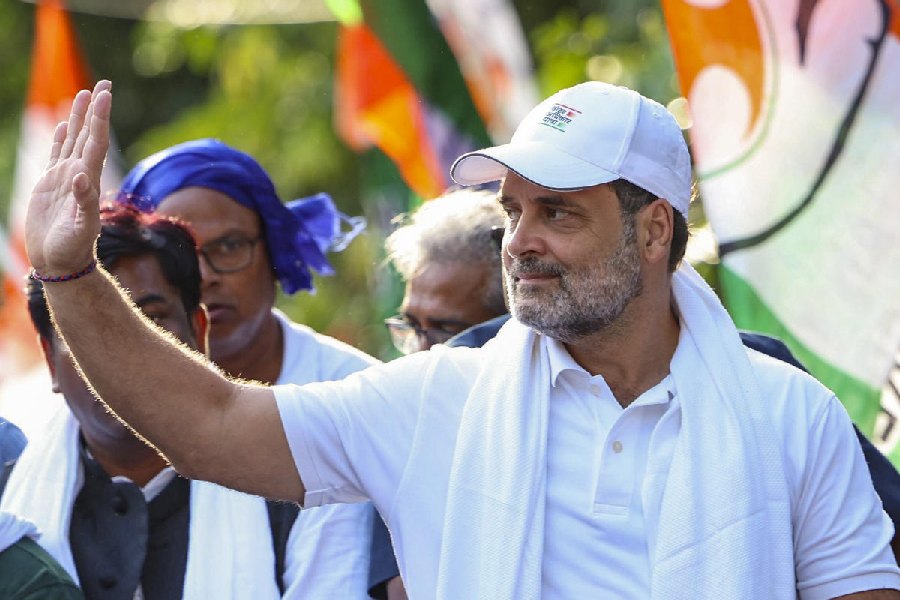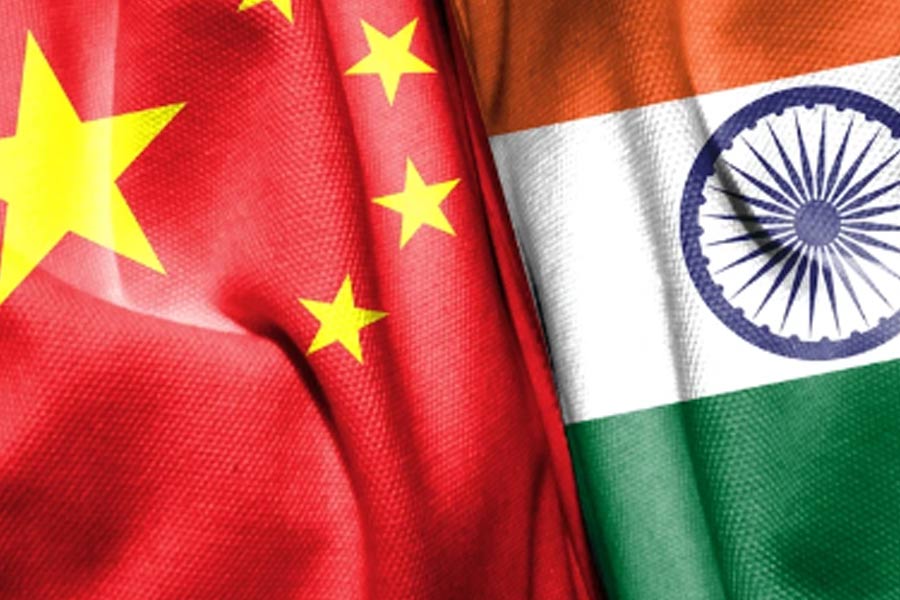
Gender neutrality today is not just a way of politics or child-rearing but also a fashion statement that was kicked off by retailer John Lewis when he announced late last year that his department store would no longer divide children's clothes by gender. Long gone were the days when trousers belonged only to men, but now the skirts would be on men too and the future of fashion seems to reside in non-binary looks.
Such radical fashion trends have reached the Indian shores as well with a young, popular fashion blogger launching his gender-neutral fashion label, Purushu Arie gender neutral fashion label.

A National Institute of Fashion Technology (NIFT) graduate, RV Purusothaman, a 26-year-old fashion blogger from Chennai writes in his blog: “I celebrate my individuality by proposing neutrality of race, age, appearance and every other cultural conditioning and differences through my art. And with that vision I launched Purushu Arie gender neutral fashion line.” His label will retail limited edition ungendered capsule collections in natural handloom textiles.
Launched in November last year, Purusothaman has had to respond to a lot of questions about “consciousness of gender”, “is it gender neutrality or customisation”, “is it androgynous clothing” and the likes. He answers all that with a calm: “I reject masculine or feminine fashion forms.” His fashion is genderless. “It is our minds that have a gender consciousness,” he stresses and says “nothing is too feminine for a man or too masculine for a woman”. His website though features only the masculine form in feminine clothing. “That is because I will be launching the second set of apparels with the feminine form in a couple of weeks,” said the designer.

His clothes have the curves and the angular lines, the pinstripes and the ruffles, functionality and vanity, femininity and masculinity, all coming together to shape the label’s post-gender aesthetics.
Purusothaman uses Japanese cutting techniques on handlooms in khadi and Madras checks. Sari pleats and lungi drapes are aplenty as is the kara border of veshti. Gathers, ruffles and bell sleeves of vintage Indian sari-blouse are used on crop tops which are ergonomically designed to fit both the man’s and the woman’s body.
“My fascination began from costume history, the lungi and the sari I see in the Chennai streets everyday. Both the rectangular draped garments share the same origins and the two garments influence my gender neutral styles in general,” signs off the designer.










